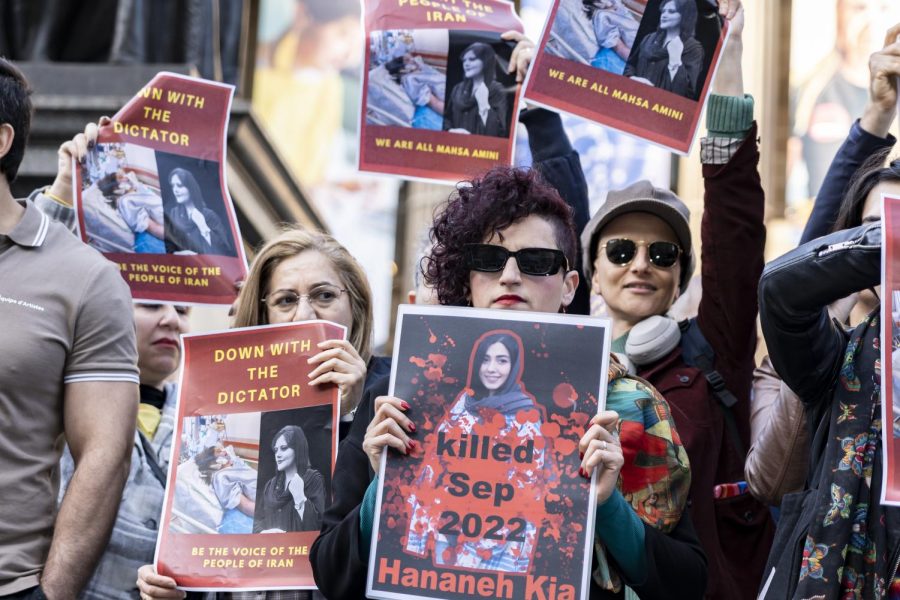American media needs to bolster Iranian voices
October 22, 2022
Iranians are experiencing a near-total media blackout as protests continue to erupt across the country over the murder of 22–year–old Mahsa Amini.
The Guidance Patrol, Iran’s religious morality police, detained and beat Amini for not wearing her hijab in compliance with government standards on Sep. 16.
Thousands have since taken to the streets to rebuke the authoritarian regime which has been permitting, and even facilitating, the oppression of the Iranian people, particularly women.
Now, it’s up to American journalists, or any media personnel operating within a democracy, to ensure Iranian voices aren’t muffled by their government.
“We’re seeing internet services, including mobile data, being blocked in Iran in the past couple of hours. This is likely an action by the government given the current situation in the country,” Doug Madory, director of internet analysis at Kentik, Inc., a network intelligence company, said.
Such measures were likely installed by the Iranian government to limit connectivity while the Iranian people attempt to mobilize against the Islamic regime.
The inability to access social media makes it much more difficult to organize protests and/or shed light on the true nature of the government’s treatment of dissent.
According to the UN Human Rights Office, the Guidance Patrol have ramped up operations in recent months by turning to violence as a means of crowd control.
There have been instances of Iran’s morality police beating women with batons, slapping them and forcefully corralling them into police vehicles.
Amini’s case isn’t an anomaly; it’s the straw that broke the camel’s back. It’s a testament to how well the Iranian government has managed to hide the extent to which it contributes to the suffering and abuse of its own people.
“One of the most alarming things about the information blackout is that we don’t even have a precise death toll,” Alp Toker, the director of Netblocks, a watchdog organization that monitors cybersecurity, said. “Because what happens, in terms of human rights violations, abuses of power become much more difficult to document, collate and record.”
Human rights groups estimate at least 224 protestors have been murdered by Iranian security forces as of Oct. 14. The precise number, however, is impossible to ascertain.
The only way to reconcile this lack of transparency is through fair and thorough reporting on the events unfolding in Iran.
The Iranian people are desperately trying to pull themselves out of the mess their government has created, but they need a foothold on the other side.
“We are going to help make sure the Iranian people are not kept isolated and in the dark,” US Secretary of State Andrew Blinken said. “This is a concrete step to provide meaningful support to Iranians demanding that their basic rights be respected.”







